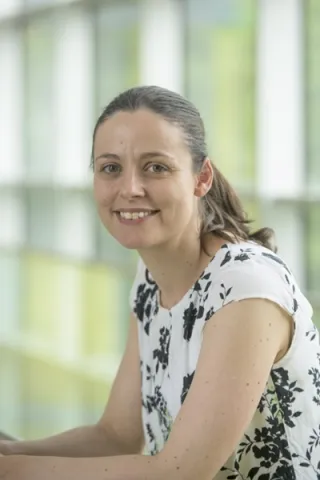About the project
In this project we will develop hollow-core optical fibres (HCFs) for mid-infrared laser delivery. HCFs offer a radically new solution for laser delivery as they guide light in a gas-filled core, instead of the glass in conventional optical fibres.
HCF-based mid-infrared laser delivery systems could open exciting possibilities for diverse applications, including advanced medicine, gas sensing to protect the environment and new materials processing. Your role will include fibre development, characterisation, and integration within a power delivery system tailored for medical and industrial applications.
This project is based at the Optoelectronics Research Centre (ORC), University of Southampton. The ORC has led the world in optical fibre technology research for 50 years and welcomes around 20 new PhD students each year. It comprises over 90 state-of-the-art laboratories and 200 researchers working in all areas of photonics. Its cluster of 12 photonics spin-out companies provides a natural career path for PhD graduates.
We have a growing research team, which design, fabricate and characterise state-of-the-art HCFs in our specialist cleanrooms and labs. In this project you will develop:
- an in-depth knowledge of optical fibres
- a wide range of fibre characterisation skills
- novel and creative solutions to integrate HCFs with mid-infrared lasers
These solutions will be tailored for emerging industrial and medical applications, including:
- high-performance laser additive manufacturing: HCF-integrated laser systems will have enhanced precision and control for rapid prototyping and complex part fabrication with improved accuracy and detail, creating components for aerospace, automotive, and medical devices
- high-precision surgery: A new fibre beam delivery system for therapeutic mid-infrared lasers will be developed with enhanced robustness and flexibility, to reduce cost, enable minimally invasive surgery and improve patient outcomes
You will collaborate within an interdisciplinary team working across photonics, medicine, chemistry and industry and work with experienced photonics researchers (>20 group members) and external partners, such as biomedical researchers or surgeons from the University Hospital and chemists).
In the first year of your PhD, a structured training programme runs alongside your research, providing a gradual transition from taught degree to open-ended research. Our students present their work at international conferences and in leading academic journals and emerge with skills at the forefront of fibre optics research. Former PhD researchers have made successful careers in universities worldwide or as industry scientists and business leaders.
The Optoelectronics Research Centre is committed to promoting equality, diversity, and inclusivity, as demonstrated by the school’s Athena Swan award. We welcome all applicants regardless of their gender, ethnicity, disability, sexual orientation or age. We take personal circumstances into account, and will give full consideration to applicants seeking to study part time. The campus has onsite childcare facilities.

